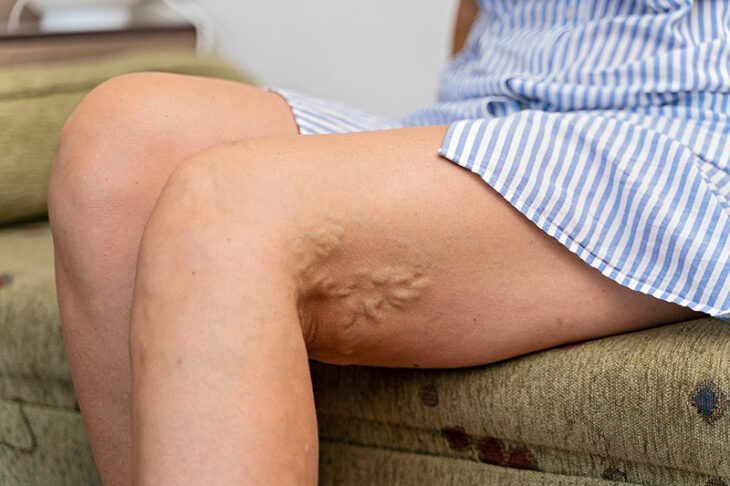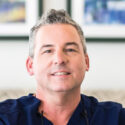Nobody wants them, but 40 million adults in the U.S. have them: varicose veins. Many believe those purple, often bulging, lines in legs and ankles are an unfortunate, yet normal, part of the aging process.
They may be common in older adults, but they aren’t inevitable. The Vein Institute’s full-time, board-certified vein specialist Dr. Keith Thompson explains what causes varicose veins, how to lower the risk of getting them and how they’re treated.
HOW COMMON ARE VARICOSE VEINS?
Dr. Thompson: Varicose veins and spider veins are very common, affecting about 40 percent of men and 70 percent of women by age 60. Primary risk factors include pregnancy (which is why women have them more often), extended periods of time standing and genetics. They are very common in teachers, cashiers and medical professionals because of the amount of time they spend on their feet.
WHAT CAUSES THEM?
Dr. Thompson: A vein is a muscular tube that drains the blood from legs and feet back to the heart. Over time, veins can weaken, stretch and dilate, which can create leaky valves. That’s when they become visible and, if they are not treated, the veins become swollen and achy.
ARE THERE WAYS TO AVOID GETTING VARICOSE VEINS?
Dr. Thompson: An active lifestyle can help prevent them. It’s important to keep active during the workday, especially if you have a job that requires prolonged standing or sitting. Take breaks and walk around to get your leg muscles moving. If you stand all day, consider wearing compression stockings. They prevent development of varicose veins and manage early symptoms, such as heavy, tired legs, swelling and cramping.
IS CROSSING YOUR LEGS AT THE KNEE LINKED TO VARICOSE OR SPIDER VEINS?
Dr. Thompson: Despite old wives’ tales that crossing your legs or wearing high heels contributes to varicose veins, they don’t. There’s not a direct correlation; however, if you’re crossing your legs a lot, you’re probably in a sedentary job. As for high heels, some people think calves don’t flex as much when we wear heels, which is loosely related to varicose veins. I wouldn’t say you can’t cross your legs or wear high heels; just be aware of what you’re doing and for how long.
HOW ARE VARICOSE VEINS TREATED?
Dr. Thompson: A variety of treatments are available for varicose veins and spider veins. Most of them are done in a doctor’s office and are relatively pain free, allowing for a quick return to your normal routine. Plus, most health insurance plans, Medicare and Medicaid cover them. They include: • Sclerotherapy: an injection for spider veins with almost instantaneous results.
• Laser treatment: insertion of a tiny fiber into a varicose vein to emit laser energy that destroys the diseased portion of your varicose vein.
• Compression stockings: These elastic stockings that squeeze veins and stop excess blood from flowing backward also may relieve pain and swelling (not a popular option with south Mississippi heat, but sometimes effective nonetheless).
• Microphlebectomy: Larger varicose veins that aren’t candidates for the above options may ultimately require removal through a few tiny microincisions in the office with local anesthetic.
When it comes to treatment, women tend to seek it more often than men. However, treatment is essential, regardless of gender, because varicose veins may signify a real health risk.



